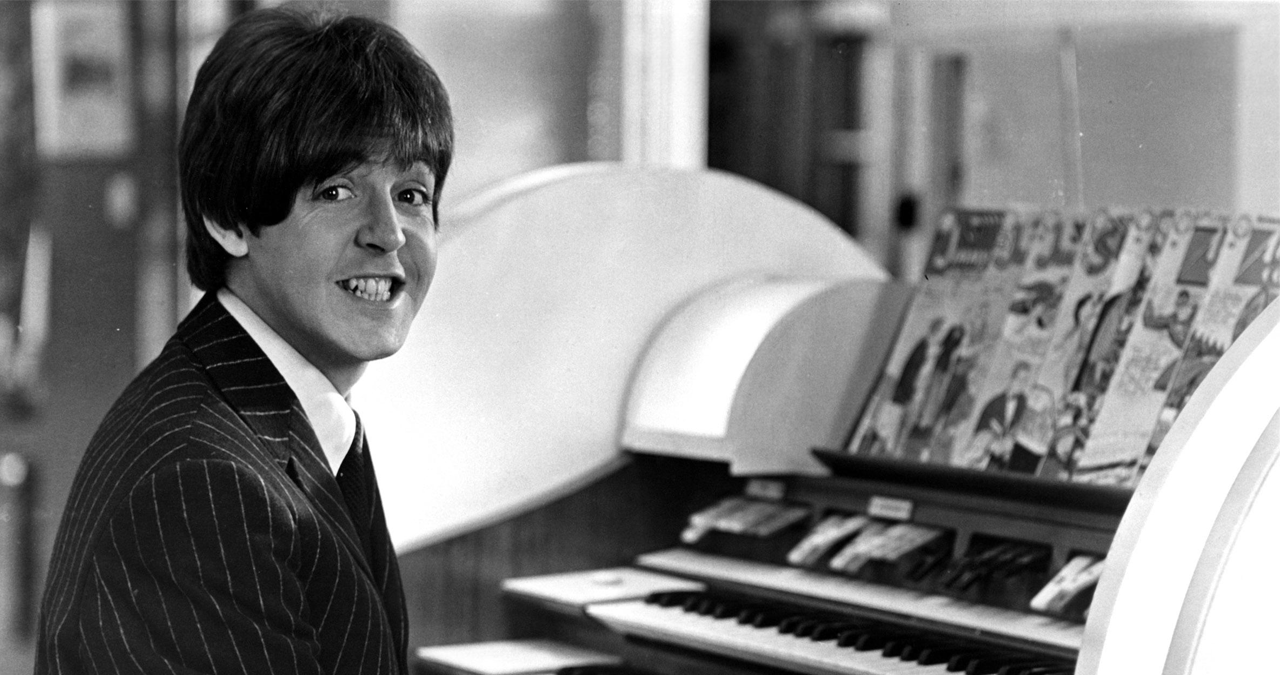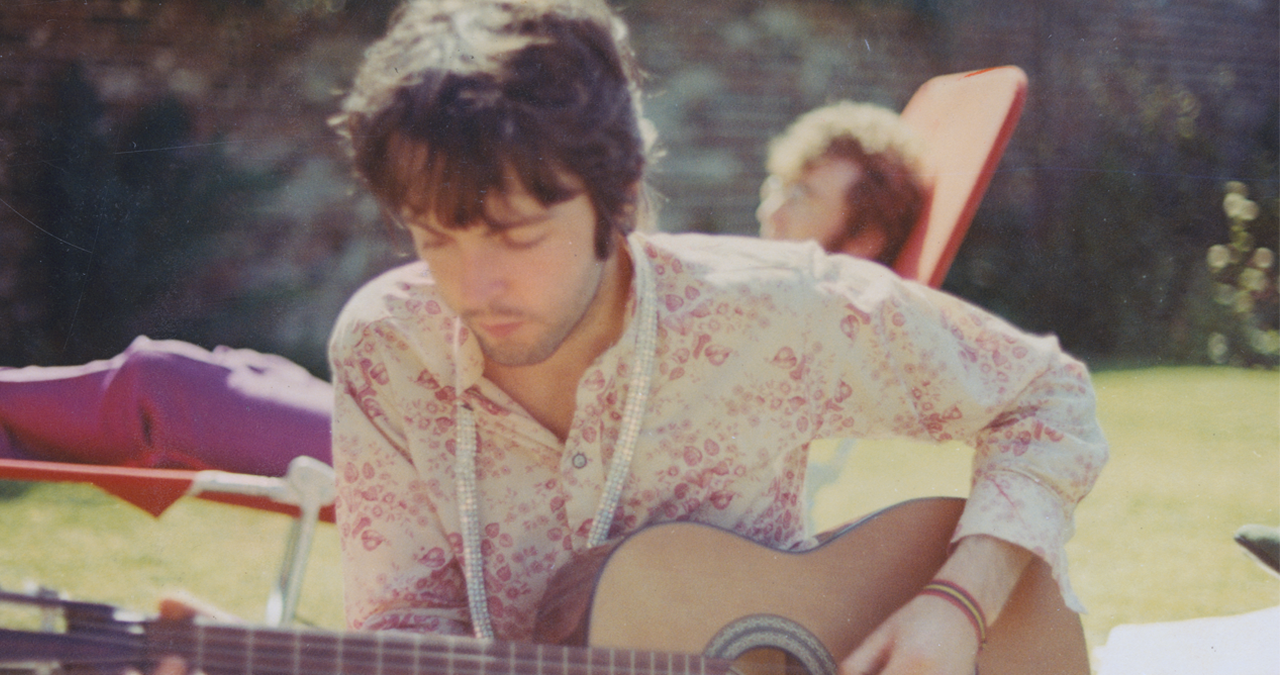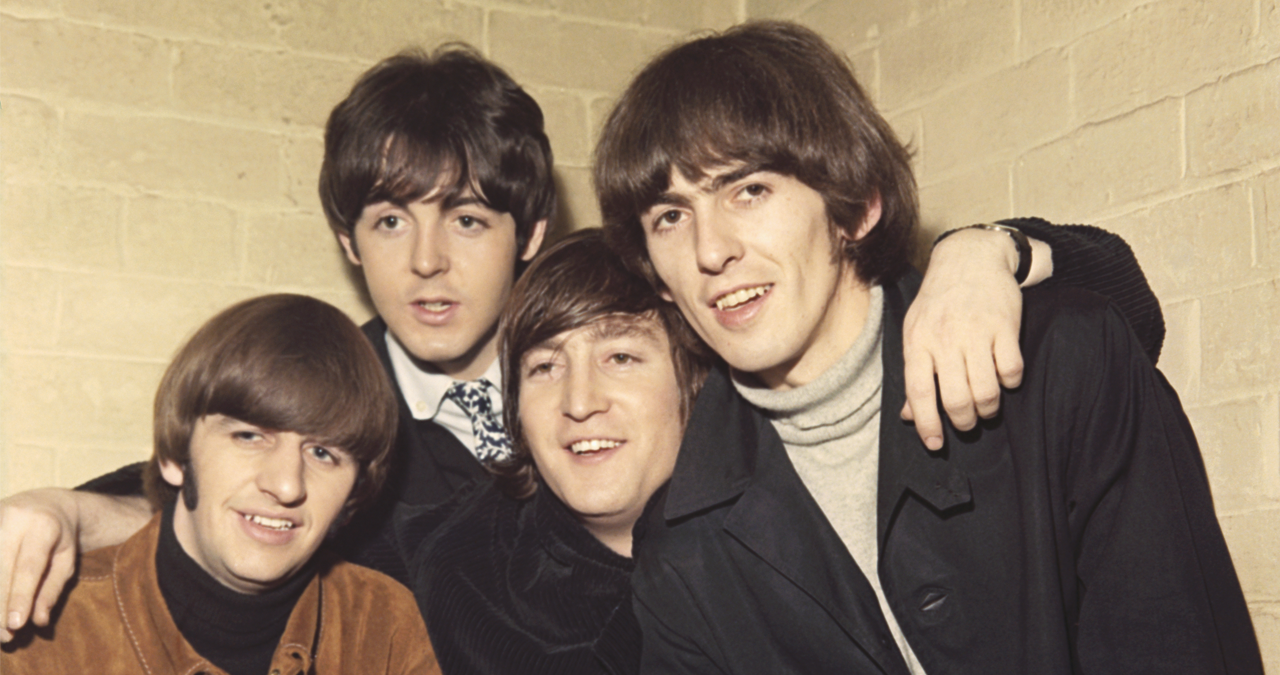“McCartney masterfully works his way around this theoretical dead end”: The lesser-heard theory tricks that lay behind the magic of the Beatles' Yesterday
We take a deep-dive into a much-beloved classic that still sounds like it was recorded only yesterday…

A firm indicator of a song’s popularity is the number of recorded cover versions it has. In the case of Yesterday by the Beatles, the endorsement couldn’t be more substantial, with over 2200 different recorded performances in existence. Not bad for a short two minute song, originally cut in 1965.
Despite Yesterday’s simplicity, there are quite a lot of hidden depths to this song, and we can all learn a thing or two from the masters - so let's unpack some of those seismic elements.
Although credited as a Beatles song, Yesterday features a solo performance by Paul McCartney, both as the singer of a solo vocal line, and the rather melancholic guitar accompaniment.
Though the song is labelled with the typical Lennon/McCartney songwriting credit attributed to all of the pair’s Beatles-era songs, the song is widely recognised as entirely a Paul McCartney composition and as the first Beatles song to include just one band member. “Yesterday is Paul completely on his own, really,” said John in 1966. “We just helped finishing off the ribbons 'round it, you know - tying it up.”
We often like to think that we soak up inspiration from existing songs, and it's fairly likely that the same was true of Paul McCartney. As the song's structure cribs from echoes of the jazz tradition.
The song consists of two sections; the opening A section, which is based upon the title of the song, and the middle B section, where the chord structure meanders and modulates.
The song follows the form of many previous songs which adopt the AABA 32 bar form. This format was very widespread during the jazz era, with many jazz songs and standards adopting the criteria.
Want all the hottest music and gear news, reviews, deals, features and more, direct to your inbox? Sign up here.
In jazz circles, an entire AABA performance is known as a ‘Chorus’, encompassing the entire 32 bar form, lacking the traditional use of the verse/chorus construct that became so commonplace in other pop songs.
Meanwhile, repeating a couple of sections, such as the last ‘BA’ section, would often be referred to as playing a half-chorus, and that's exactly what happens in Yesterday.
The entire form reads AABA BA, with a final repeat of the last two bars, coupled with a rallentando (a slowing down of the tempo) before the very end of the song.
There is a major flaw with our comparison with the AABA 32 bar jazz form however - and that's because we are missing some bars!
Each of the A sections is only 7 bars in length; this is particularly groundbreaking, because we don't tend to associate 7 bars of music as a natural sequence in a musical setting, but nothing could be further than the truth here.
The flow of the melody, with the associated harmony, feels very complete. McCartney keeps the B section 8 bars in length though, meaning that our entire AABA format, comprises 29 bars! Don't tell any jazz musicians though - because you'll blow their minds!
Yesterday is played entirely on an acoustic guitar, which makes it all the more remarkable that the key of the song is F Major. This is one semitone higher than the preferred E Major (at least for guitarists). Rather than use a capo, it's rumoured that McCartney retuned his guitar appropriately to make it easier to play.
After the initial 2-bar introduction, with picked and strummed guitar, the first part of the vocal that we hear is on the word ‘Yesterday’.

McCartney sings a 9th (over a chord of F Major) which immediately resolves down to an F.
On a musical level, this provides an enormous sense of relief and release, as the 9th falls in line with the opening major chord. By the time we get to the third bar of the A section, we are hearing a chord of D minor, which also happens to be the relative key to F major. It's not the only time we hear D minor in the A section though, as it puts in a return visit a couple of bars later.
As we get to the end of each A section, we are furnished with an unassuming cadence point served by the last two chords. The most common form of cadence is known as a perfect cadence, which is always recognised by chord V resolving to chord I - C major to F major. McCartney doesn't go for the obvious though, employing the lesser-heard plagal cadence - that is chord IV to chord I (Bb major to F major)
The plagal cadence is sometimes described as the ‘amen’ cadence, due to its church-like reminiscence.
The B section, by contrast, begins with a resolution to D minor, keeping the harmony briefly based around the relative minor, before a downward bass line returns us back to the home key of F major.
An aspect that could be perceived as a slight weakness in the harmony is the conclusion of the B section - on the chord of F major.
This is the same chord that kicks off the A section, but McCartney masterfully works his way around this theoretical dead end, using the descending vocal line which concludes each B section to lead us beautifully back home to ‘Yesterday - which mirrors our very opening phrase.
Part of the overall success of the song lies firmly within the simplistic arrangement; the subtle guitar accompaniment to the vocal.
The song itself is based around four beats to a bar, and the guitar subdivides these beats by playing a quaver/8th note rhythm. Rhythmically speaking, it’s fairly repetitive, consisting of the bass note on the first of each four quavers, immediately followed by three strummed-chords. It's a relatively gentle but percussive backdrop, which we hear with the vocal, during the first A section.
However, a string quartet (an inspired addition brought in by George Martin) are also on hand to supply a more sustained canvas to the guitar's strums. Their first entry is on the second outing of the A section, following the same chord sequence, but often with notes that run for the whole duration of a bar. This provides the perfect juxtaposition between guitar and strings.
Unlike so many other compositions of a similar ilk, Yesterday just relies on a guitar and string quartet, with no bass, drums or keyboard, creating a perfect union and foundation for the solo vocal to flow over the top.
Yesterday was a song that very much widened the Beatles’ creative canvas. It was an early demonstration of their ability to go beyond the standard pop song form. Something they’d do a lot more of as the decade progressed…

Roland Schmidt is a professional programmer, sound designer and producer, who has worked in collaboration with a number of successful production teams over the last 25 years. He can also be found delivering regular and key-note lectures on the use of hardware/software synthesisers and production, at various higher educational institutions throughout the UK
You must confirm your public display name before commenting
Please logout and then login again, you will then be prompted to enter your display name.

